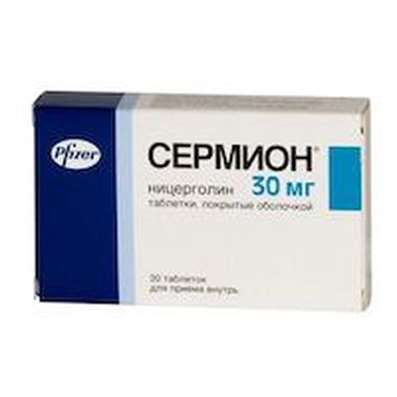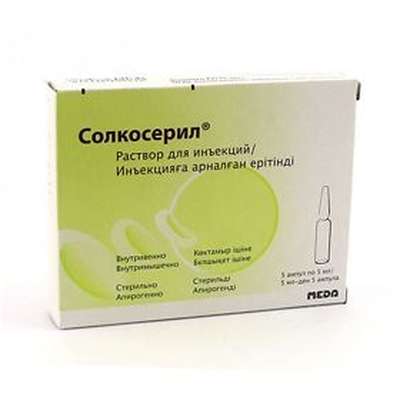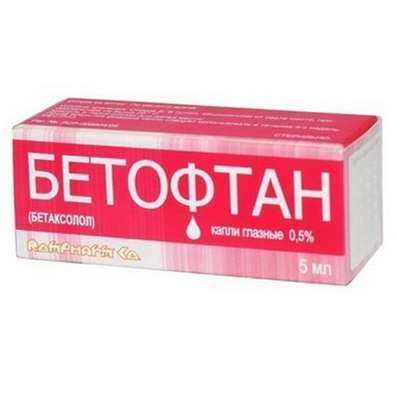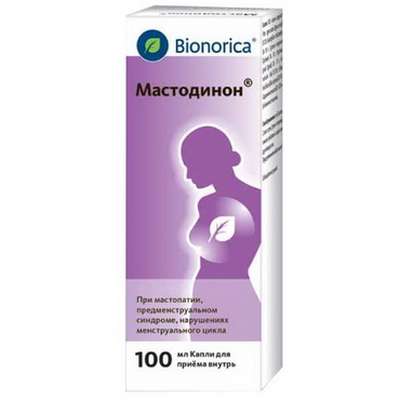Instruction for use: Norepinephrine (Norepinephrinum)
I want this, give me price
active substance Norepinephrine
Chemical rational name: (R) -4- (2-Amino-1-hydroxyethyl) -1,2-benzenediol (as hydrochloride or tartrate)
Pharmacotherapeutic group: Sympathomimetic drug
The nosological classification (ICD-10)
I95 Hypotension
I95.9 Hypotension, unspecified
R57.0 Cardiogenic shock
T14.9 Injury, unspecified
T88.8 Other specified complications of surgical and medical care, not elsewhere classified
CodeCAS 51-41-2
Pregnancy and breast-feeding
Category effects on the fetus by FDA - C.
Pharmacological Properties of Norepinephrine
exhibits pronounced alpha 1, alpha 2-adrenostimuliruyuschee action weakly excites the beta1-adrenergic receptors, and has virtually no effect on beta2-adrenergic receptors. The predominance of alpha Adrenomimeticalkie action leads to vasoconstriction, increased peripheral vascular resistance and systemic blood pressure. As a stimulating effect on the heart is expressed very poorly (weakly excites the beta1-adrenergic receptors of the myocardium), the prevailing compensatory mechanisms associated with the excitation of the vagus nerve in response to increased blood pressure, which, ultimately, leads to a decrease in heart rate and the development of bradycardia. However, despite the decrease in heart rate, the positive inotropic action on the heart is preserved, so IOC decreases slightly. Norepinephrine can cause mesenteric vasoconstriction, which may lead to ischemia of the internal organs and facilitate entry of bacteria from the intestinal lumen. Increases also renal vascular resistance.
Pharmacokinetics
Communication with plasma proteins - 50%. It is rapidly metabolized in the liver, kidneys and blood plasma with the participation of MAO and COMT to inactive metabolites. The action develops almost immediately and lasts for 1-2 minutes. T1 / 2 - 1 min. Excreted by the kidneys, primarily as inactive metabolites. Indications for Norepinephrine
Open-angle glaucoma (monotherapy or in combination with other antiglaucoma drugs at their lack of effectiveness), increased intraocular pressure in infectious diseases of the eye.
Indications
The sharp decrease in blood pressure in trauma, surgery, poisoning, cardiogenic shock of moderate severity.
Contraindications for Norepinephrine
Hypersensitivity, hypotension caused by hypovolemia (except when norepinephrine is used to maintain cerebral and coronary blood flow before the end of therapy aimed at filling the BCC), thrombosis, mesenteric and peripheral vascular disease (risk of worsening ischemia and increase infarct), holding ftorotanovoy and cyclopropane general anesthesia (risk of ventricular tachycardia and fibrillation), severe hypoxia and hypercapnia. C care. Simultaneous reception of MAO inhibitors imipraminovogo triptilinovogo and type (risk of pronounced and long-lasting increase in blood pressure).
Dosing
in (drip) - 2.4 mg (2.1 ml of 0.2% solution) in 500 ml of 5% dextrose solution (under the control of blood pressure).
Side effect of Norepinephrine
Ischemic (caused by vasoconstriction and tissue hypoxia), reflex bradycardia in response to a decrease in blood pressure, arrhythmia, anxiety, transient headache, shortness of breath, necrosis in contact with the skin.
With prolonged use - reducing plasma volume (must be corrected in order to avoid a return to remove the drug hypotension). At high doses, or normal doses in susceptible patients (hyperthyroidism) - pronounced increase in blood pressure (accompanied by headache, photophobia, stabbing chest pain, pale skin, sweating and vomiting).
Interaction
When applied simultaneously with cardiac glycosides, quinidine, tricyclic antidepressants increase the risk of arrhythmias.
Alpha-blockers (doxazosin, labetalol, phenoxybenzamine, phentolamine, prazosin, terazosin), and others. Medicines containing alpha-adrenoblokiruyuschey activity (haloperidol, loxapine, phenothiazines, thioxanthenes), counteract the vasoconstrictor action.
Means for inhalation general anesthesia (chloroform, enflurane, halothane, cyclopropane, isoflurane and methoxyflurane) - the risk of ventricular arrhythmias.
Tricyclic antidepressants and maprotiline - may increase cardiovascular effects, the pressor effect, tachycardia and arrhythmias.
Antihypertensive drugs and diuretics - lowering effect.
Beta-blockers - mutual weakening of the action.
Cocaine, doxapram - mutual reinforcement hypertensive action.
MAO inhibitors, furazolidone, procarbazine, and selegiline - possibly lengthening and strengthening of the pressor effect.
Nitrates - the weakening of anti-anginal action.
Thyroid hormones - the risk of coronary failure with angina.

 Cart
Cart





